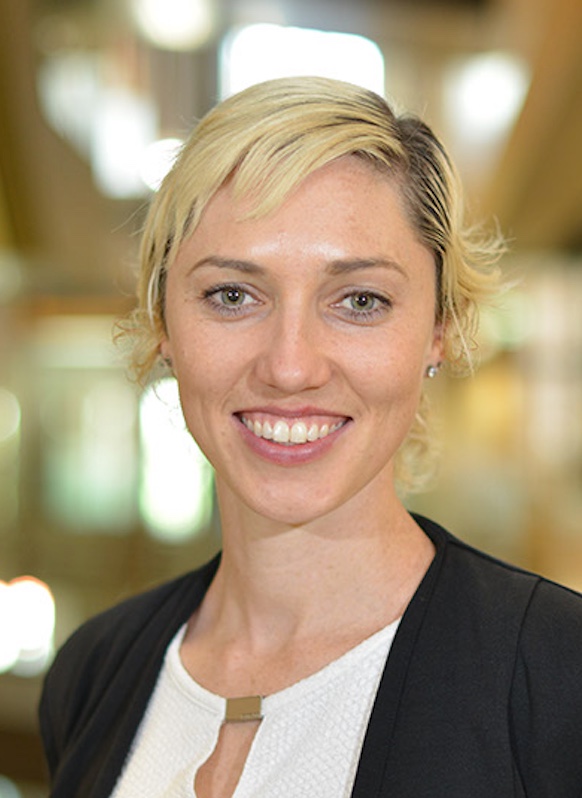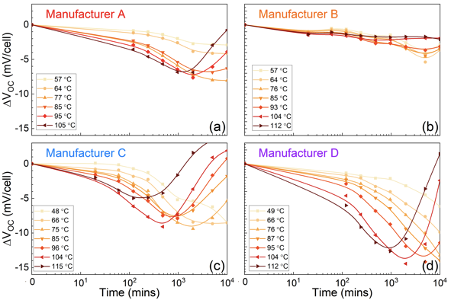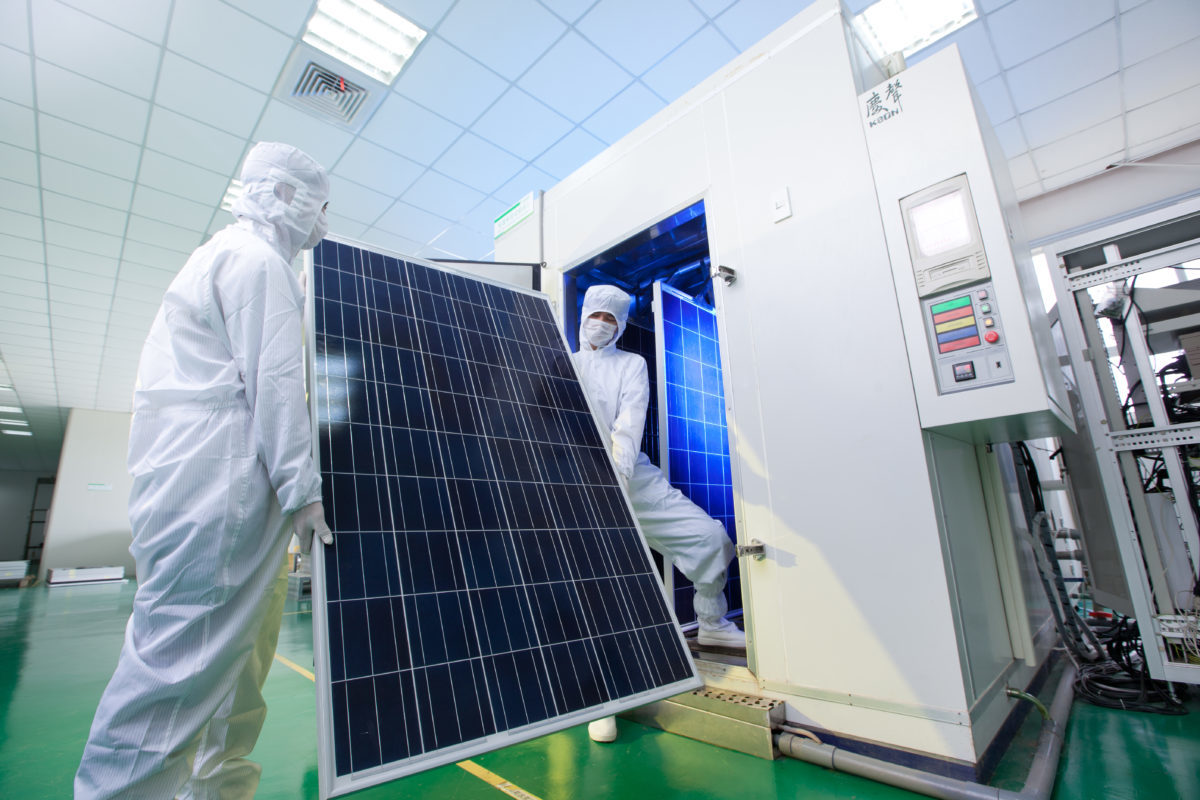How much LeTID have you observed in modules on the market?
That is really tough, I have specifically studied modules that I knew would degrade. So, when I took a selection of modules from the market in 2016, every single one degraded – except for Q Cells. But now four years later, the issue is far more known and there are multiple solutions out there. So today I would hope that there is much less degradation.
How does an installer know whether a module supplier has been effective in mitigating against LeTID?
Any company with a sophisticated R&D program should have solutions. I think you can trust companies with decent R&D teams. But it is hard to really know. Of the modules on the market in 2016, one company said they had a solution, but the module still degraded. As I said, in 2016 LeTID was very, very widespread – as at that time it had only relatively recently been discovered and hadn’t been picked up by the then standard testing conditions.

Photo: UNSW
So, what are the mitigation strategies?
There are multiple ways to solve LeTID. A company could have experimentally figured it out. And some solutions can be implemented post cell production, such as a thermal treatment to reduce the amount of LeTID. This means that the manufacturer doesn’t actually need to modify the cell process – and it’s possible to buy cells that would degrade and then they can be made more stable.
New cell production lines would likely have in their firing or thermal treatment some optimization that prevents LeTID. Alternatively, older lines could add some kind of thermal treatment as a solution.
What level of degradation are we talking about?
My initial studies were only looking into voltage – so that detected degradation at a maximum of 2-5%, depending on the manufacturer. But we now know that what we were measuring was only a tiny fraction of what the total power loss was, which can be up to 12%, as a bit of a rough estimate.
I recall a recent announcement that at UNSW you are upgrading your testing and measurement equipment.
We are! We’re going to have a huge focus on module reliability. Now we have really new top- of-the-line IV testing, and module EL and PL commercial tools. And at the end of this year we are receiving an [Netherlands based] Eternal Sun module tester. It will include a climate chamber that will have a huge range of testing capabilities.
Is it right that modules exhibiting LeTID do recover over time?
That’s right. Similar to the boron-oxygen degradation [Light Induced Degradation]. We study the degradation for a long time and after time it starts recovering. The process is sped up by temperature and heat. It is still not exactly understood, but it is known to be hydrogen related. Over time that defect forms, then disperses and goes away.
Does that mean that it might not be necessary to replace modules exhibiting LeTID?
We’re not exactly sure, but in a hot climate it could be better to simply leave modules in place, as they will get better – they will likely start recovering and the power will increase going forward. The reasoning for this being that if they have degraded enough to be noticeable over the noise and uncertainty, they are likely reaching the point of recovery. However, the recovery is much slower so the reduced power output still continues for a long time.
Over what kind of timeframe are we talking?
It is highly dependent on the location where the module is installed. There really isn’t a huge number of studies. Q Cells has published a couple of papers comparing modules in Greece versus Germany – so a warm climate versus cool. In Greece, the modules look like they will reach maximum degradation in 4-5 years and then start recovering, while in Germany it is predicted that the module will still be degrading after 10 years.
Both the degradation and recovery process are dependent on illumination and temperature, but temperature more so. We have just submitted a paper looking at LeTID at different temperatures to estimate the differences that would be seen in different climates. We hope to have that paper out soon.

Graphic: UNSW
Alison Ciesla will be presenting at pv magazine’s Virtual Insight on Quality event – which is a part of the All-Energy Australia 2020 virtual conference.

This content is protected by copyright and may not be reused. If you want to cooperate with us and would like to reuse some of our content, please contact: editors@pv-magazine.com.









By submitting this form you agree to pv magazine using your data for the purposes of publishing your comment.
Your personal data will only be disclosed or otherwise transmitted to third parties for the purposes of spam filtering or if this is necessary for technical maintenance of the website. Any other transfer to third parties will not take place unless this is justified on the basis of applicable data protection regulations or if pv magazine is legally obliged to do so.
You may revoke this consent at any time with effect for the future, in which case your personal data will be deleted immediately. Otherwise, your data will be deleted if pv magazine has processed your request or the purpose of data storage is fulfilled.
Further information on data privacy can be found in our Data Protection Policy.